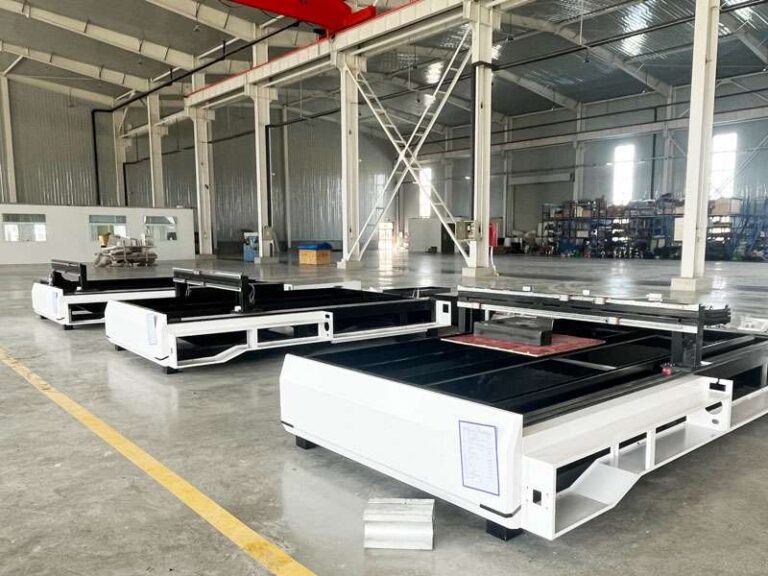Production today requires accuracy, cost savings, and reliability all working together.
Traditional methods often struggle to meet these expectations, which can lead to wasted materials, long delays, and inconsistent quality.
CNC laser cutting changes this by offering a process that’s efficient and dependable.
Continue reading to discover the different ways this technology improves production efficiency and keeps projects running smoothly.
Delivering Unmatched Precision
CNC laser cutting is known for its exceptional accuracy.
The laser beam produces clean, sharp edges that require little finishing, which helps save time later in the production process.
Because it’s guided by computer-aided design files, even intricate patterns are cut consistently and to scale.
This means you can achieve repeatable results across multiple sheets of material without worrying about small differences or errors.
Precision doesn’t just improve quality, but also cuts down on waste.
Fewer mistakes mean fewer offcuts, and every piece of material is used more effectively.
Over time, this reduces overall material costs, making production both more efficient and more economical.
Offering Flexible Fabrication Options
CNC laser cutting isn’t limited to straight cuts or simple shapes.
It can produce complex curves, detailed lettering, and decorative patterns with high accuracy.
This flexibility means one machine can take on a wide range of projects, from signage and display panels to architectural trend features and protective coverings.
You can also benefit from a variety of CNC laser cutting fabrication options, such as working with different thicknesses of plastic or achieving smooth polished finishes.
Having these choices available in one process eliminates the need for additional equipment, which helps streamline production even further.
Cutting Time Without Cutting Corners
Another way CNC laser cutting supports efficiency is through speed.
Manual cutting methods are often slow and labour-intensive, but laser machines can process durable materials much faster without sacrificing quality.
Once the design file is ready, the machine can begin cutting almost immediately.
This short setup time means projects can move from design to completion quickly, even when multiple variations are required.
The ability to switch from one design to another without complex adjustments makes the process even more efficient.
In industries where customisation is common, this flexibility saves hours that would otherwise be lost on retooling or manual preparation.
Reducing Labour And Energy Demands
Efficiency isn’t only about speed and precision, but also about the resources required.
CNC laser cutting machines need minimal hands-on labour once they’re programmed.
Operators can load the material, set the file, and allow the machine to complete the task while they focus on other work.
This reduced labour demand cuts costs and frees up skilled staff for other areas of production.
Modern machines are also designed to be energy efficient.
They consume less power compared to older systems, which lowers operating expenses and supports more sustainable production practices.
By saving both time and resources, laser cutting contributes to efficiency in a broader sense.
Conclusion
CNC laser cutting improves production efficiency in several important ways.
It reduces waste, saves time, provides flexibility, and lowers labour costs.
Each of these factors contributes to smoother processes and stronger results.
If you want to complete projects faster while maintaining high standards of quality, CNC laser cutting offers a dependable and effective solution that continues to prove its value across industries.



